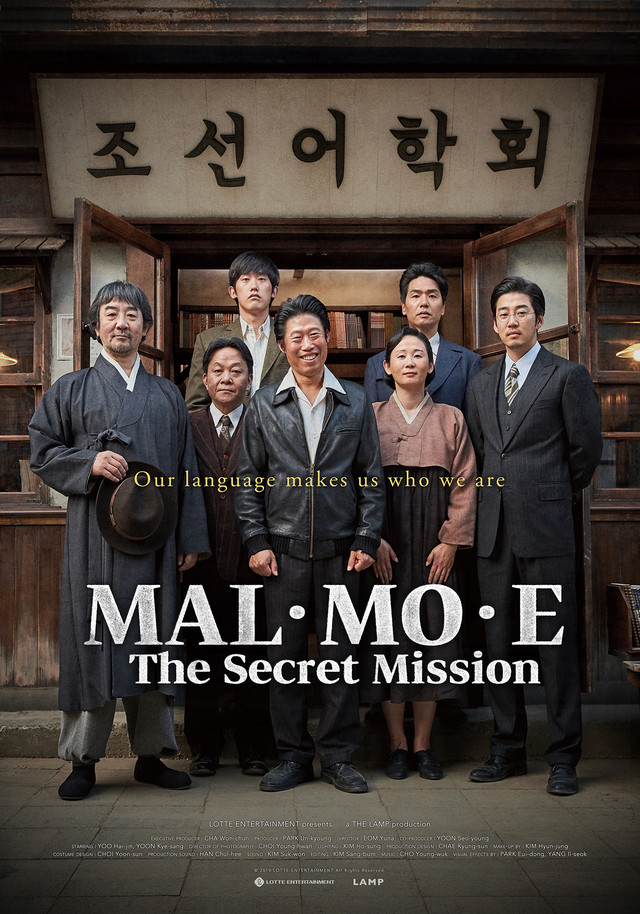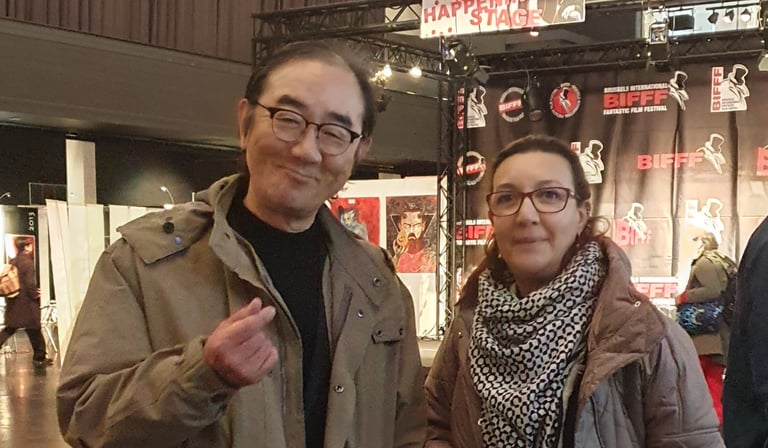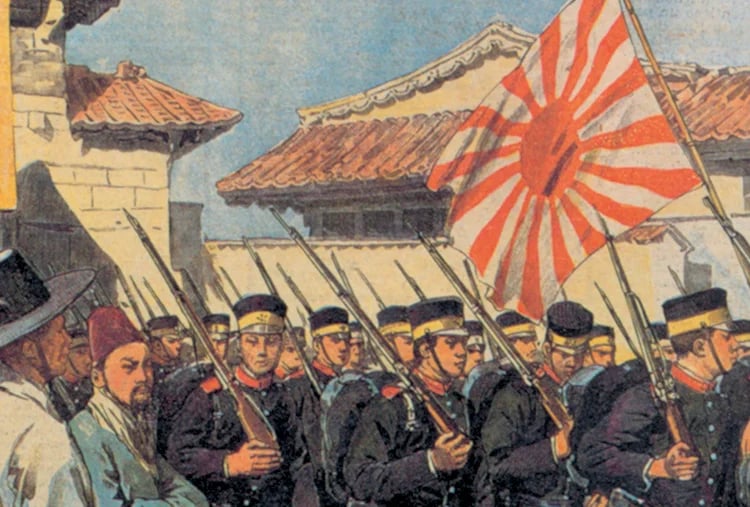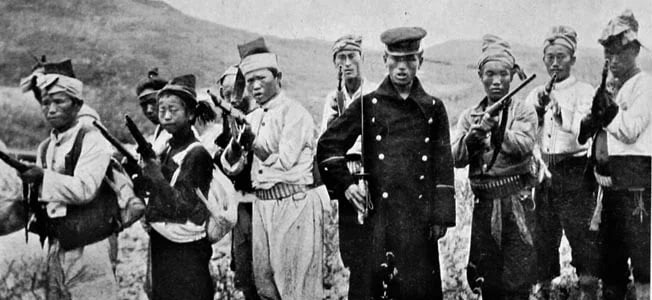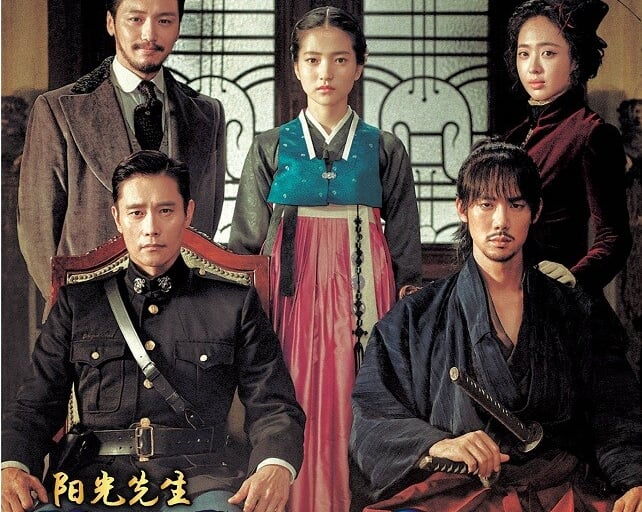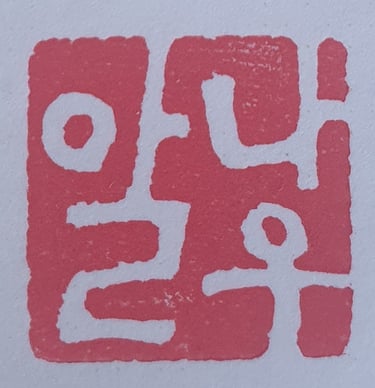The Japanese occupation
A time of suffering and resistance
In 1910, after decades of political and economic pressure, Japan officially annexed Korea, ending the Joseon Dynasty. This marked the beginning of a dark period that lasted 35 years, characterized by oppression, exploitation, and the fight for independence.
Tight control
Under Japanese colonial rule, Korea lost its autonomy. The military government imposed strict censorship, banned the Korean language in schools, and forced Koreans to adopt Japanese names. The economy was completely reorganized to serve Japan’s interests, dispossessing farmers of their land and exploiting the country’s resources.
Oppression and rebellion
Despite the repression, resistance took shape. On March 1, 1919, peaceful protests erupted across the country, demanding independence. This movement, known as the March 1st Movement, was brutally suppressed, but it marked the beginning of a structured struggle. Resistance groups took refuge in Manchuria and China, forming armed forces such as the Korean Liberation Army.
World War II: the road to liberation
During World War II, the situation worsened. Many Koreans were forcibly sent to Japan to work under inhumane conditions, while thousands of young women were enslaved as “comfort women” for the Japanese military. However, Japan’s defeat in 1945 finally led to Korea’s liberation.
A new beginning, but at what cost?
While Korea regained its independence, it came at a heavy price: the country was divided between the North, under Soviet influence, and the South, supported by the United States. The Japanese occupation ended, but it left deep scars and led to a new major crisis in Korean history: the Korean War.
The film "Mal mo e" by Uhm Yoo-Na, tells the story of the Japanese Empire's attempt to eradicate Korean culture with the participation of the greatest Korean actors. A poignant testimony, not without humor, of the struggle to create the first dictionary of the Korean language. I also had the opportunity to meet one of the actors Mr. Kim Hong-pa
